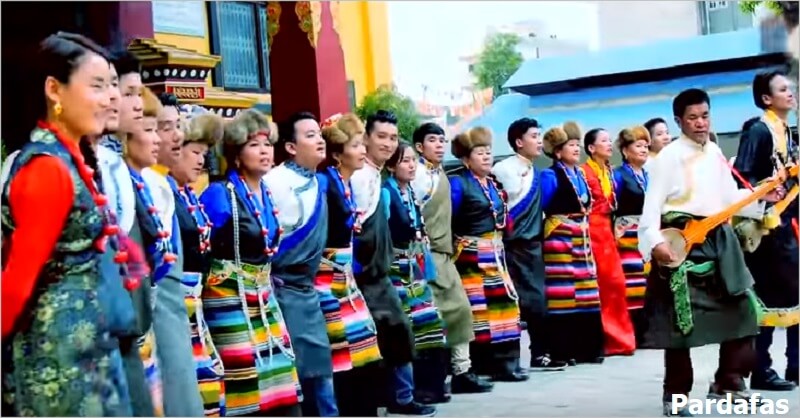
Celebrating Gyalpo Losar in Nepal: A Time-Honored Tradition
Gyalpo Losar, an integral part of Sherpa culture in Nepal, Sikkim, and Darjeeling, beckons the arrival of a new year with vibrant festivities and ancient rituals. This article delves into the essence of Gyalpo Losar, exploring its significance, traditions, and joyful celebrations.
Mythological Roots:
Legend has it that Gyalpo Losar traces its origins to the introduction of lunar time measurement by an elderly woman named Belma. As gratitude for this celestial wisdom, people gather at local springs, offering rituals and prayers to Nagas, the revered serpent deities, and local spirits associated with nature's elements.
Historical Evolution:
Dating back to the reign of Pude Gungyal, the ninth Tibetan emperor, Gyalpo Losar evolved from a spring festival into a grand celebration marking the commencement of a new year.
Festival Activities:
Gyalpo Losar spans a fortnight of festivities, with the primary celebrations unfolding over the first three days:
-
Day One: Commences with the consumption of Changkol, akin to Chhaang, a traditional beverage symbolizing the festivity's onset.
-
Day Two: Marks the dawn of the new year, celebrated with fervor and joyous gatherings.
-
Day Three: Culminates in communal feasting, bringing together families and friends to share in the spirit of abundance and camaraderie.
Cultural Customs and Performances:
Throughout Gyalpo Losar, monasteries resonate with the beats of traditional dances portraying the eternal struggle between demons and deities. Amidst chanting of mantras, sacred torches are passed among revelers, illuminating the collective spirit of the celebration. Additionally, a captivating dance depicting the mythical battle between a deer and a king enthralls spectators with its symbolic narrative.
Delectable Cuisine:
The festival is also a feast for the palate, with traditional dishes like Gutung taking center stage. This hearty soup, comprising nine varieties of beans and meats, along with a medley of grains and vegetables, symbolizes abundance and prosperity. Accompanied by delectable dumplings and Khapse, a crispy pastry signifying the commencement of festivities, the culinary delights of Gyalpo Losar are a testament to Sherpa gastronomic heritage.
Banishing Ill Spirits:
To ward off malevolent forces, firecrackers ignite the night sky, infusing the atmosphere with jubilant energy and dispelling negativity. Meanwhile, traditional dances like Syabru echo through the streets, captivating onlookers with their rhythm and grace.
Conclusion:
In essence, Gyalpo Losar embodies the timeless traditions, cultural richness, and communal spirit of the Sherpa people. As the festival ushers in another cycle of the lunar calendar, it serves as a poignant reminder of the enduring bonds that unite communities and the enduring legacy of Sherpa heritage in Nepal and beyond.
Festival

